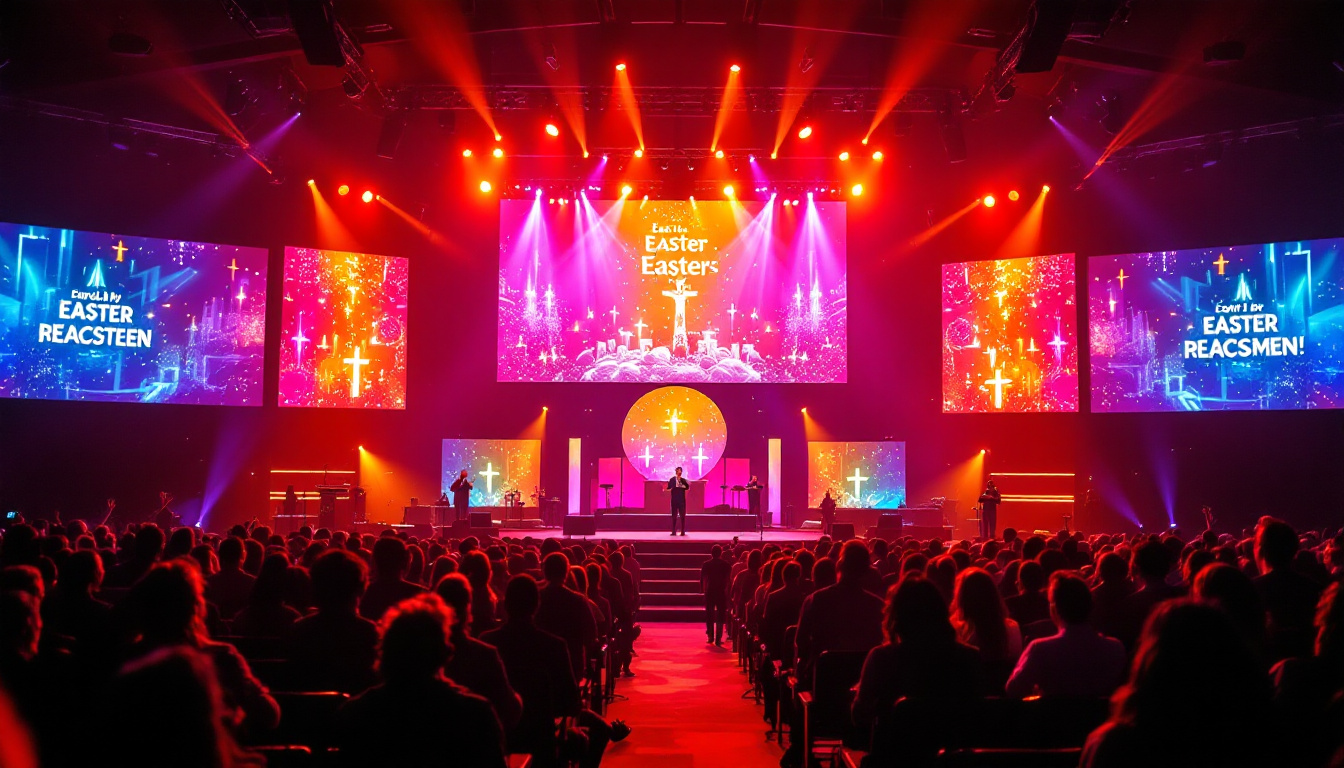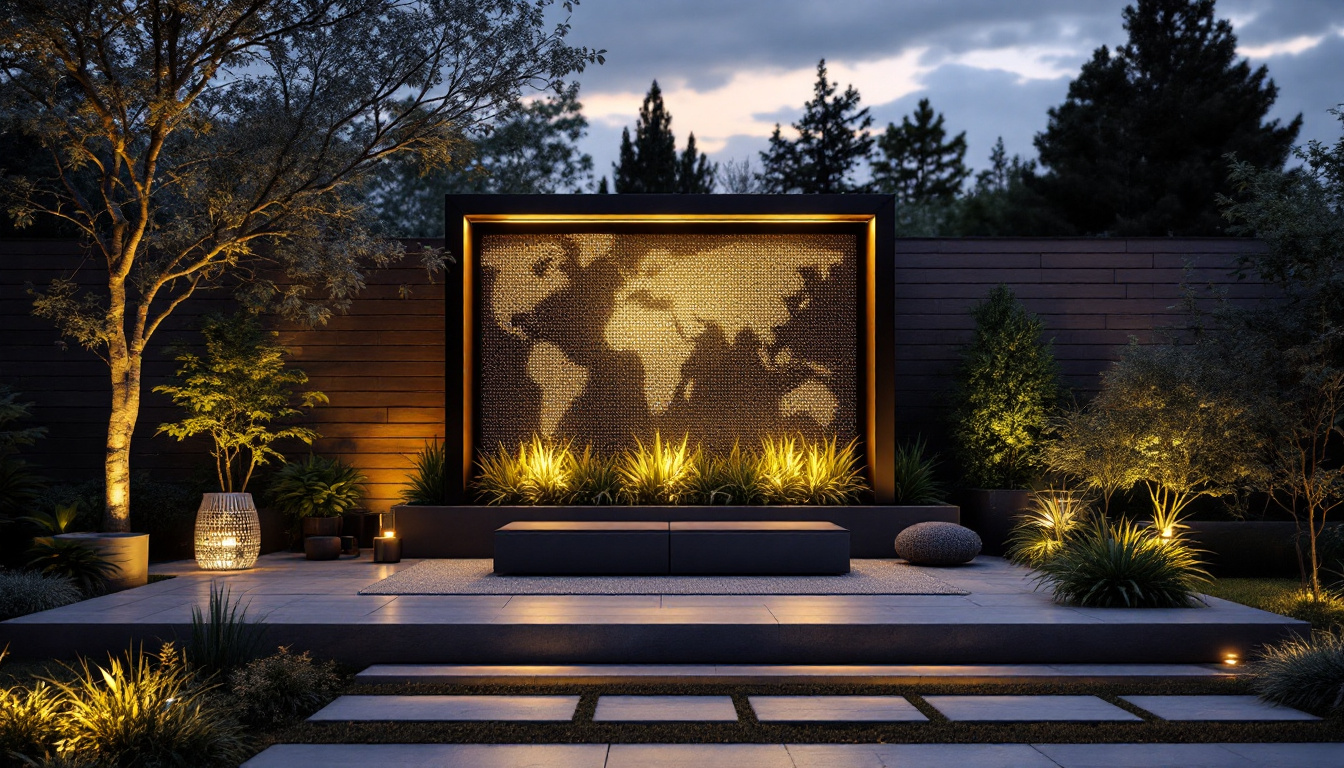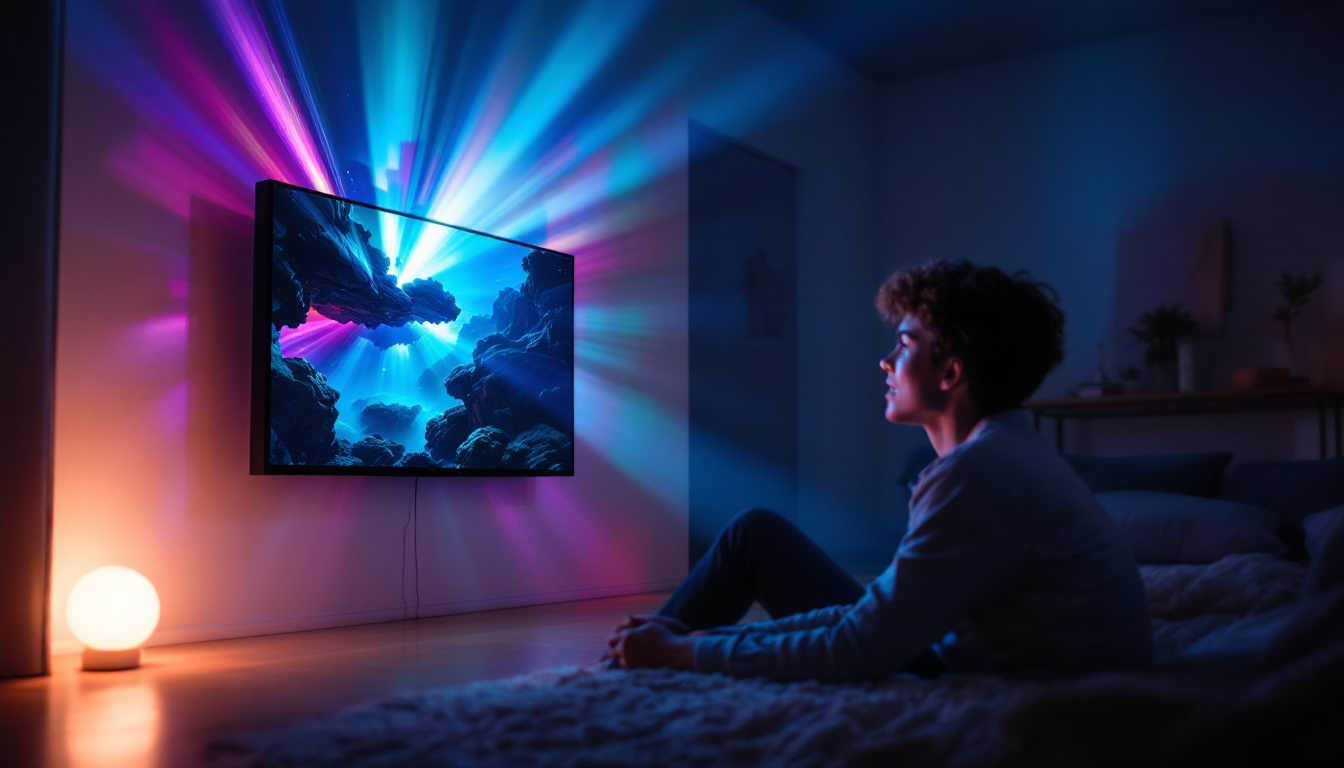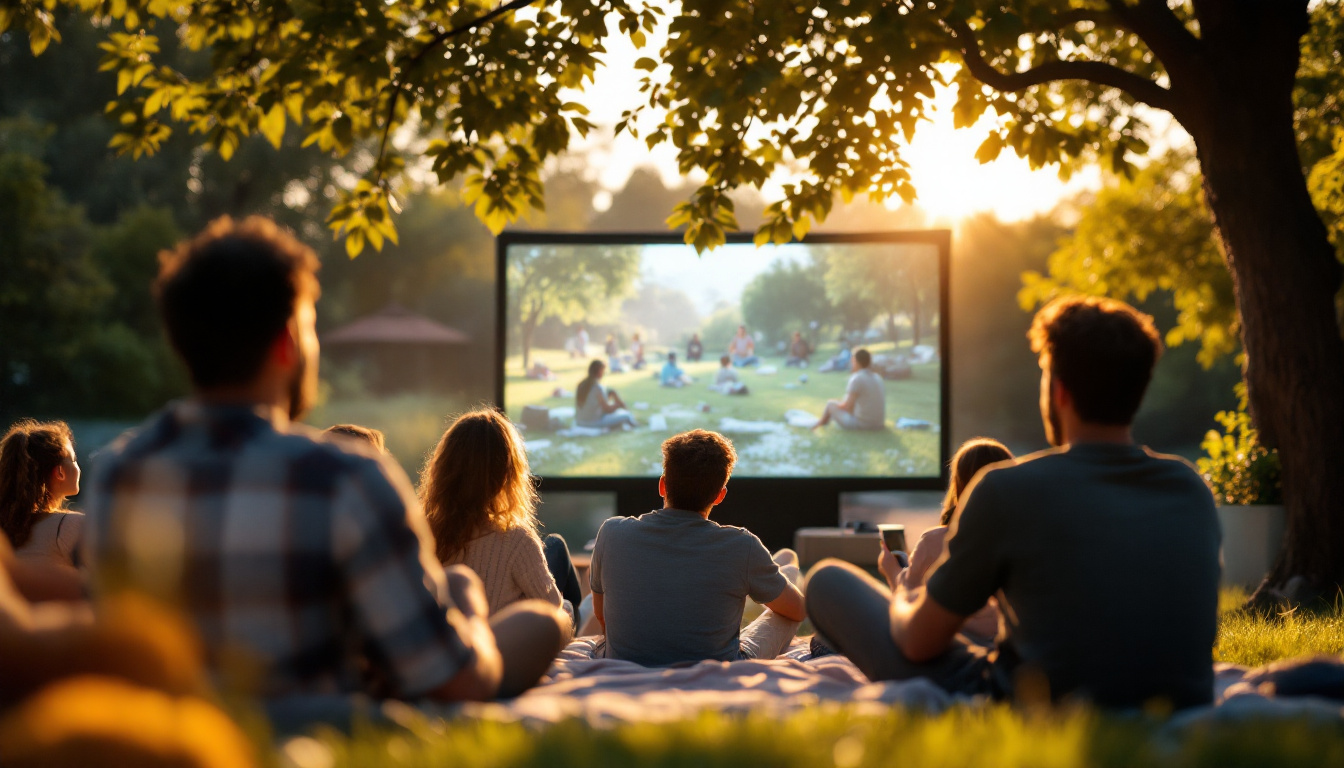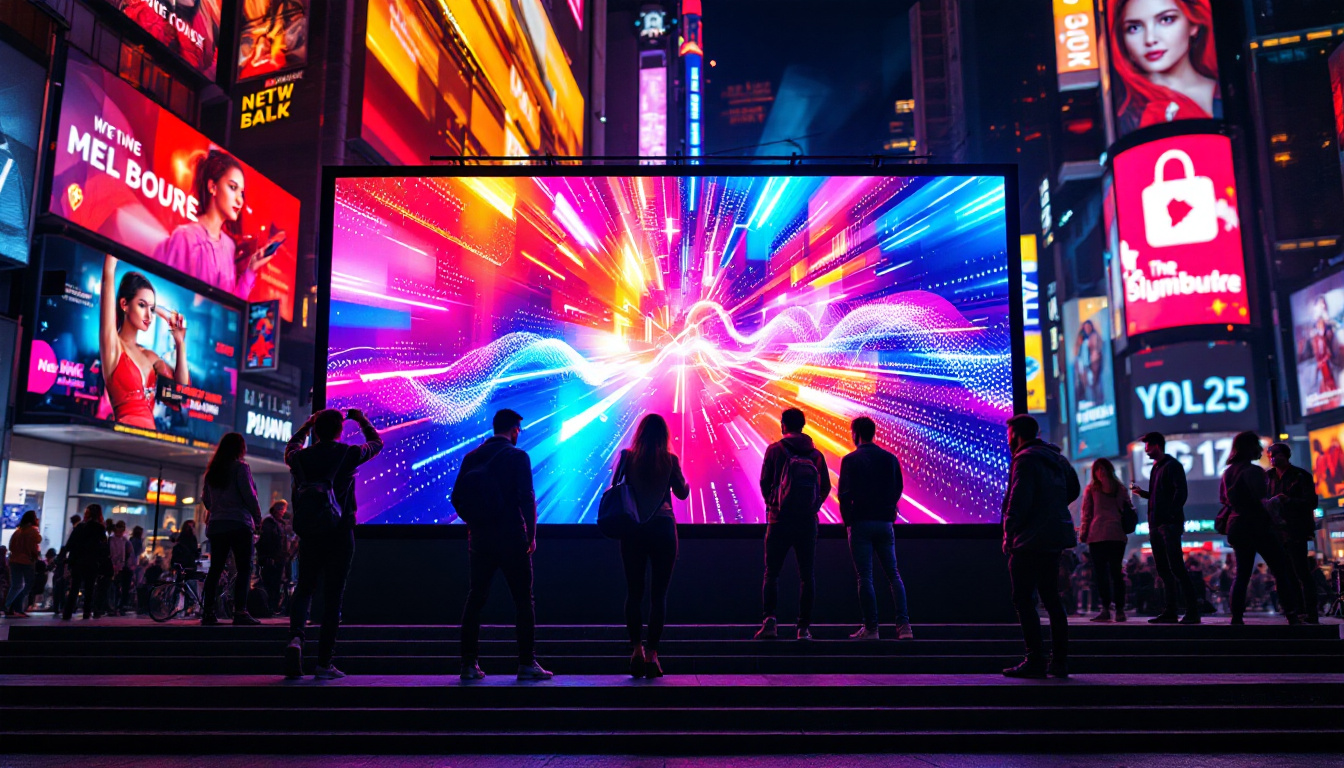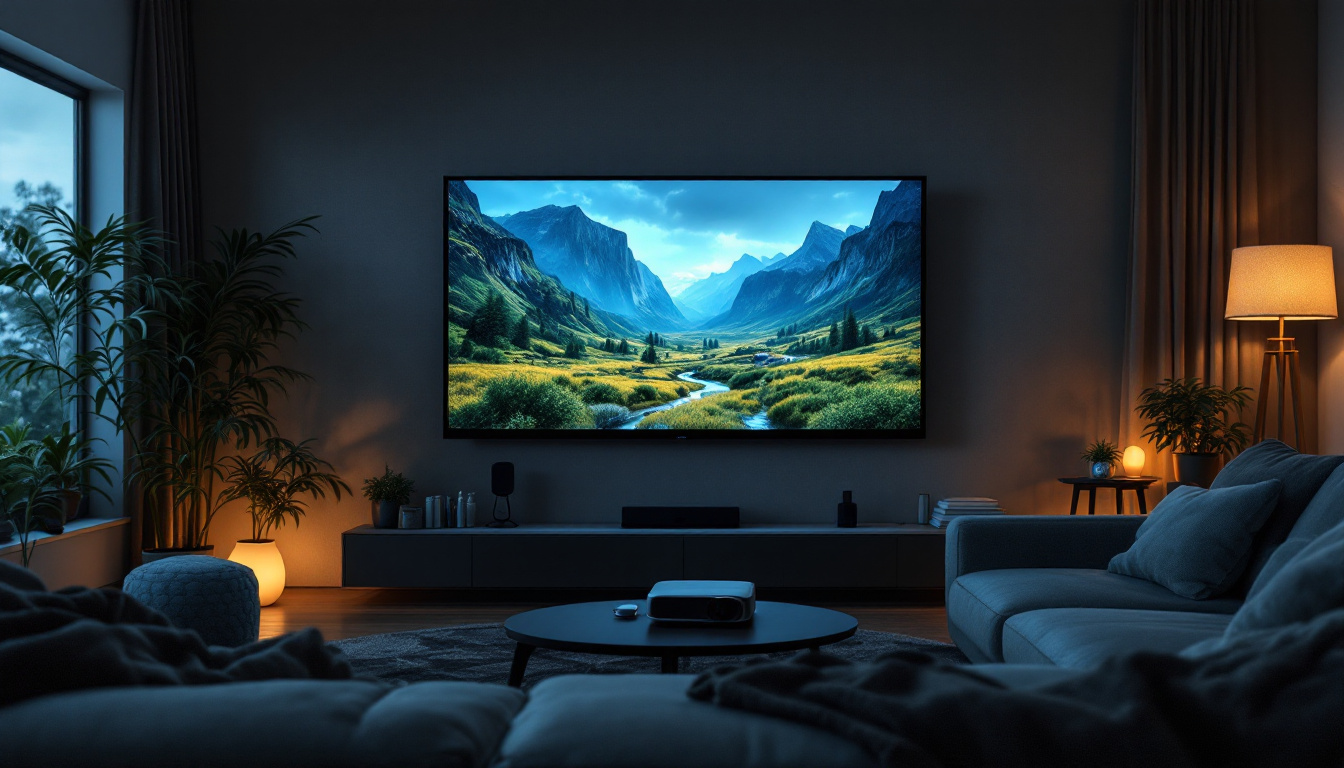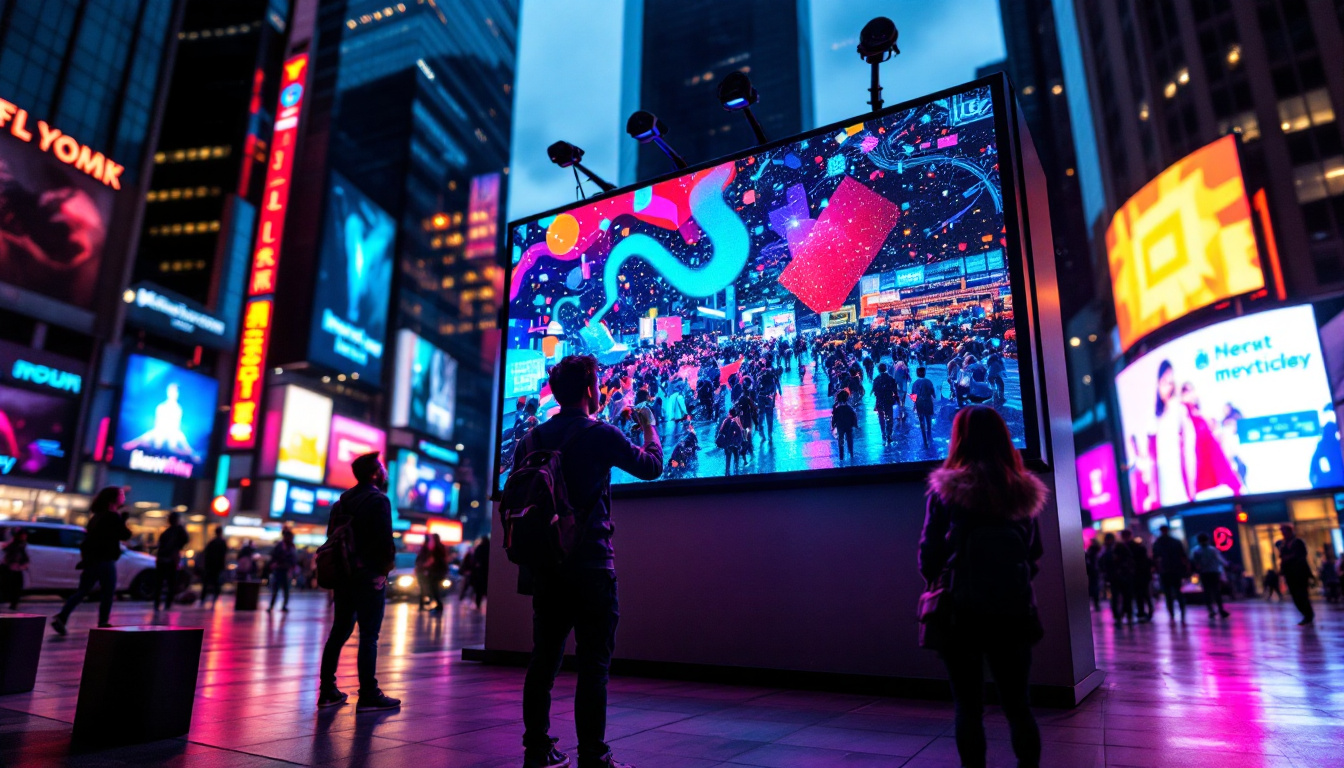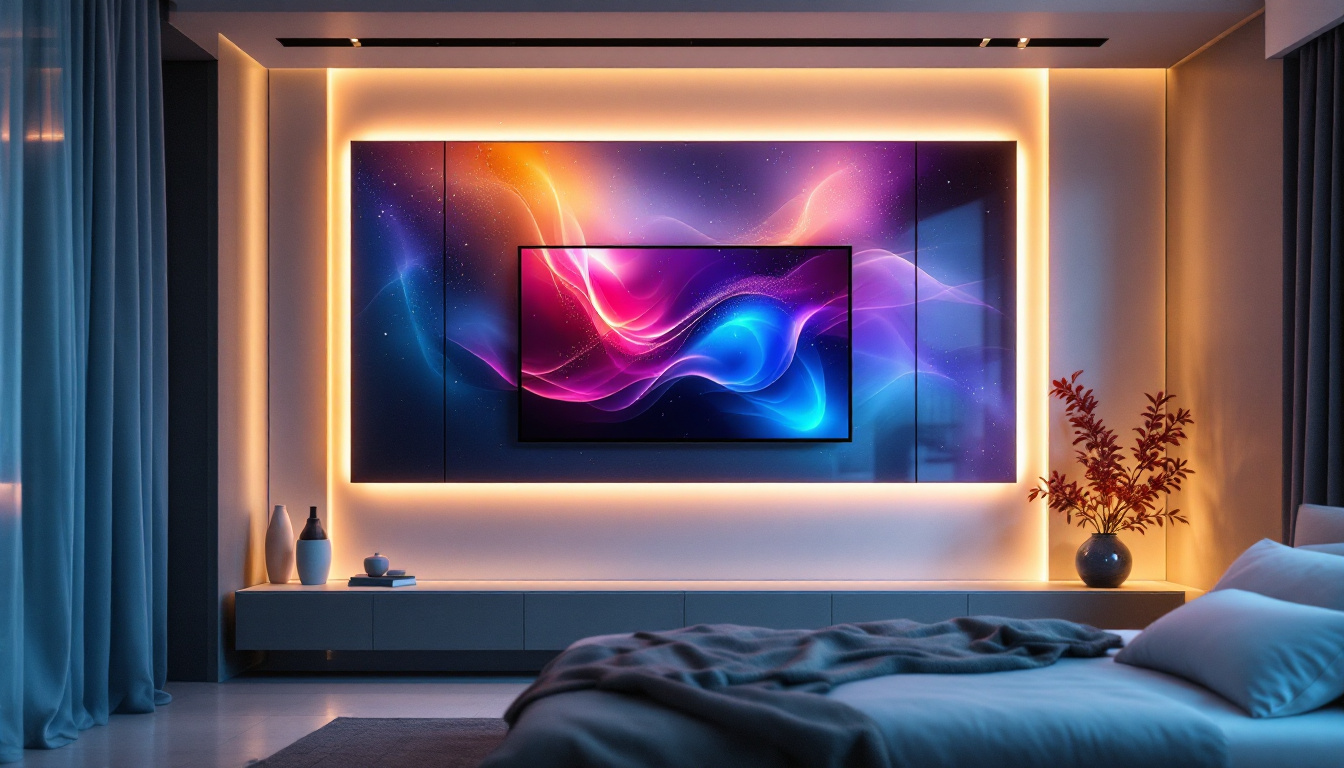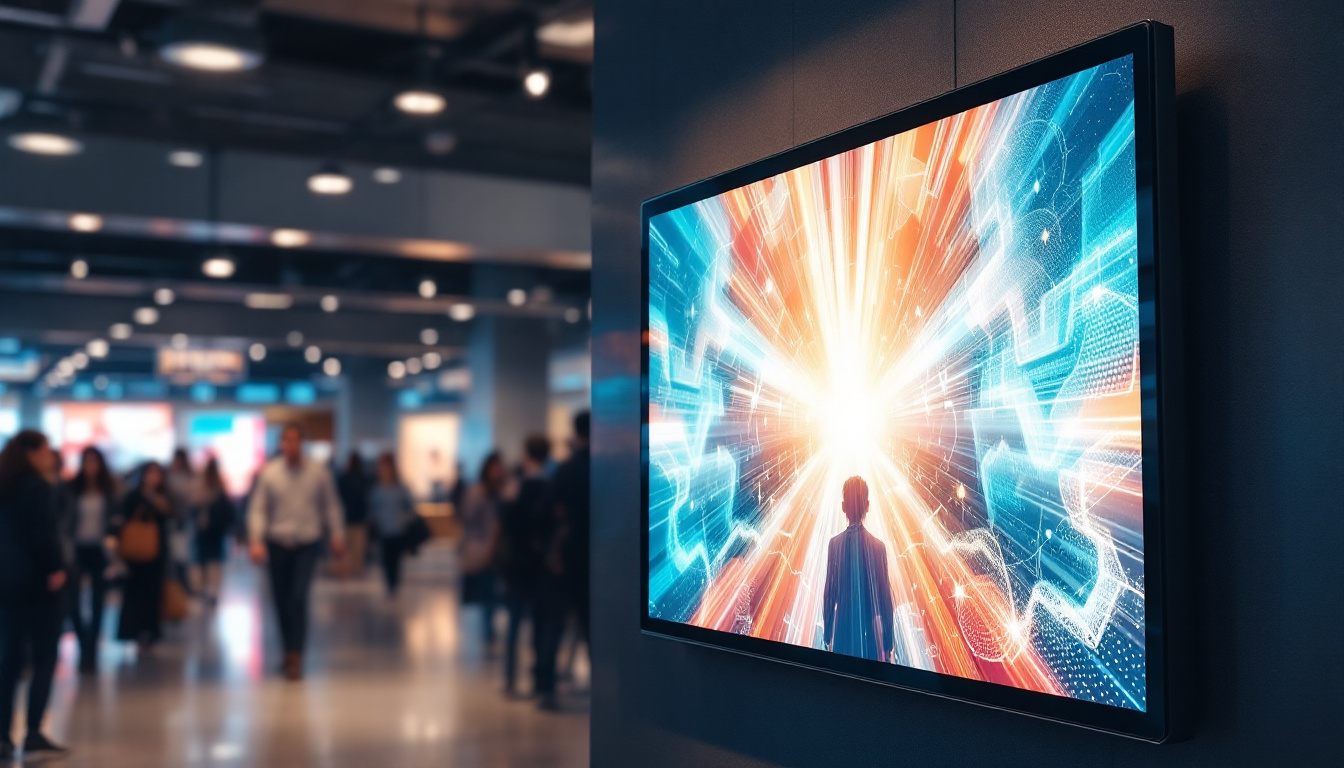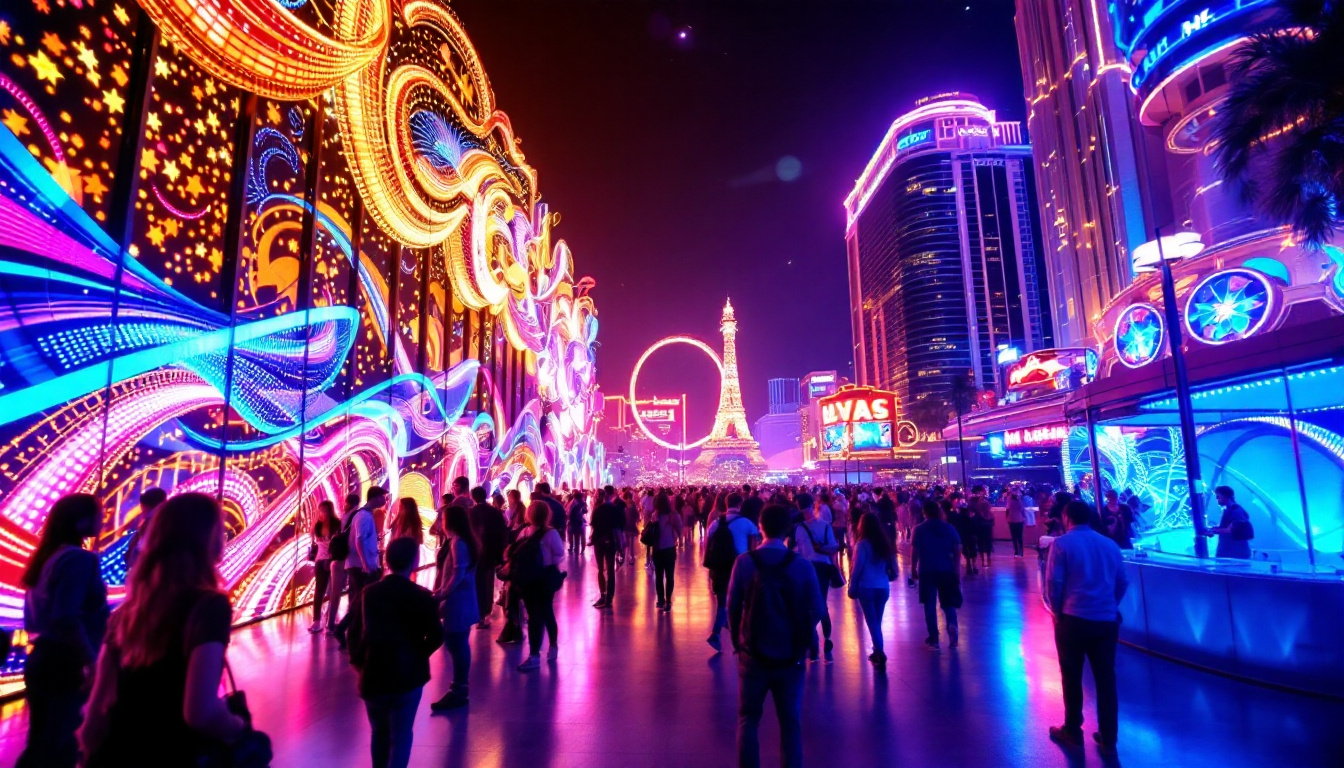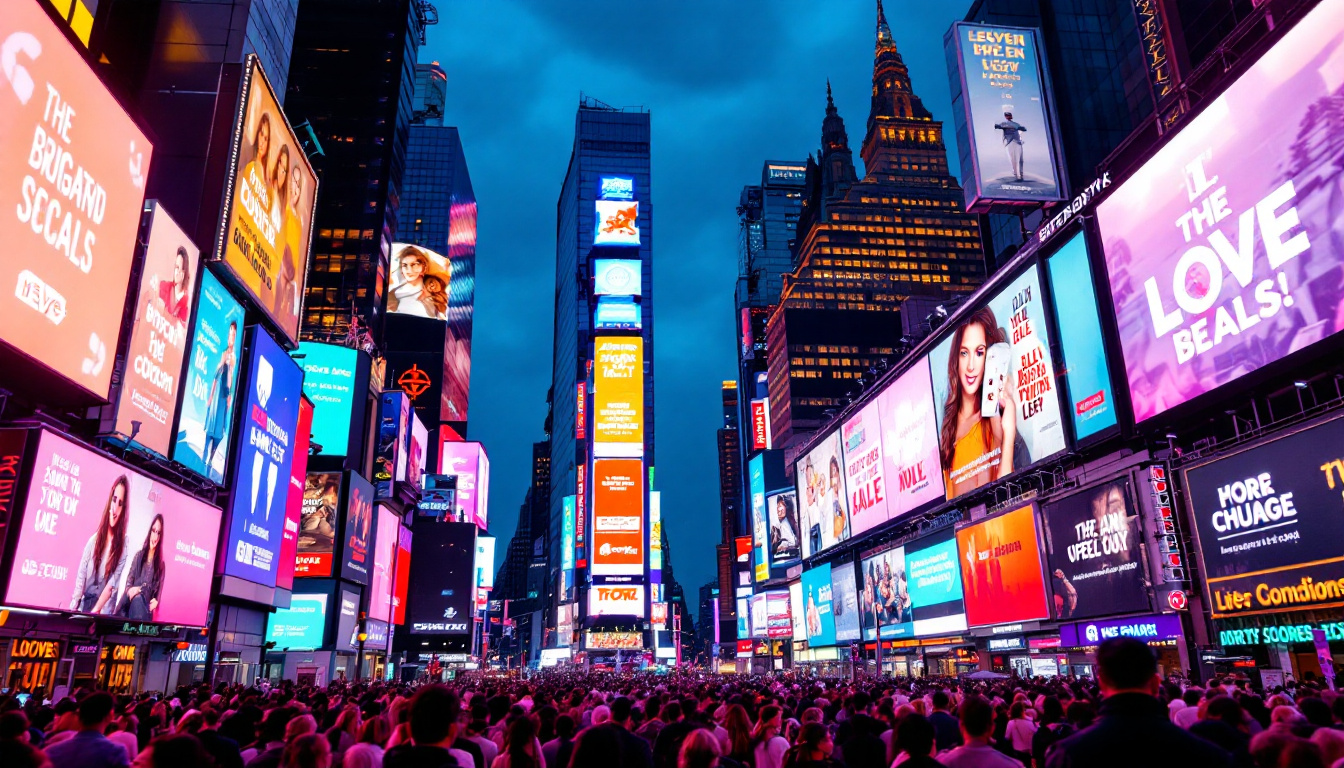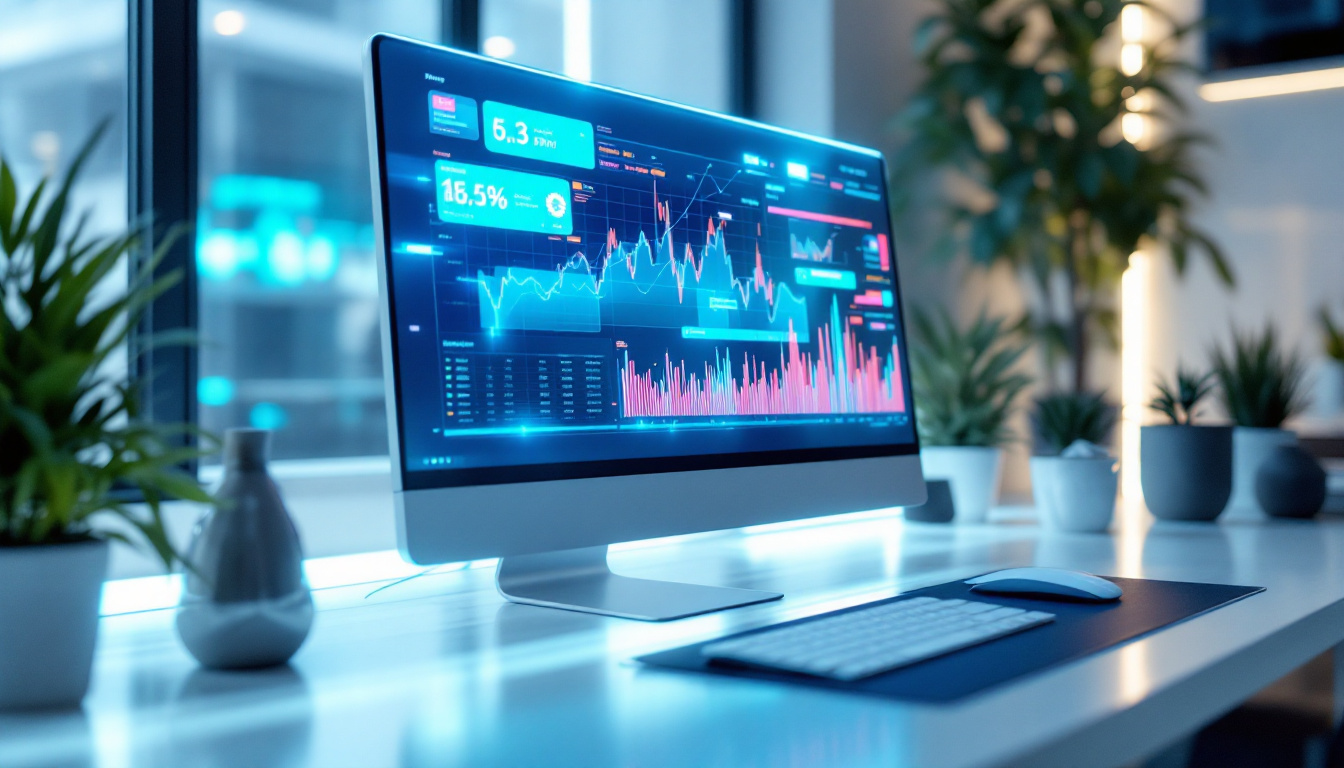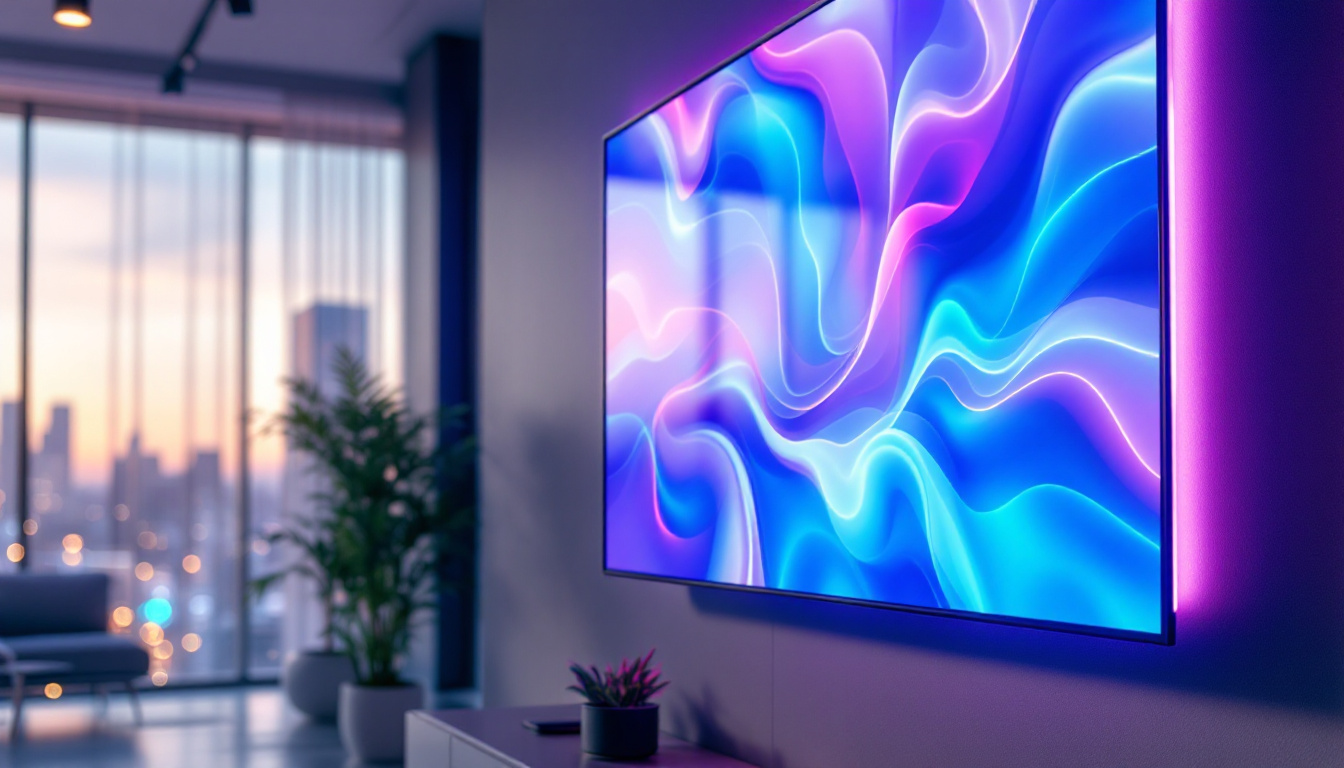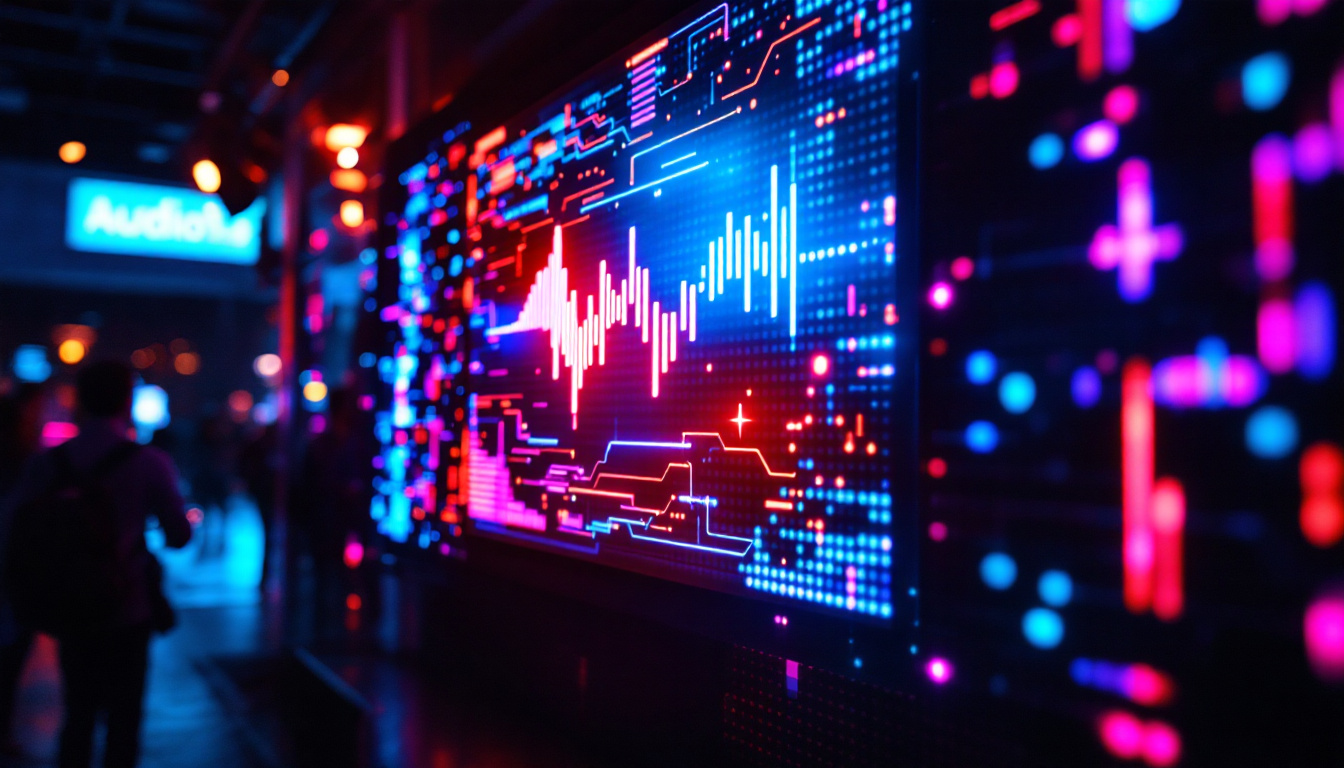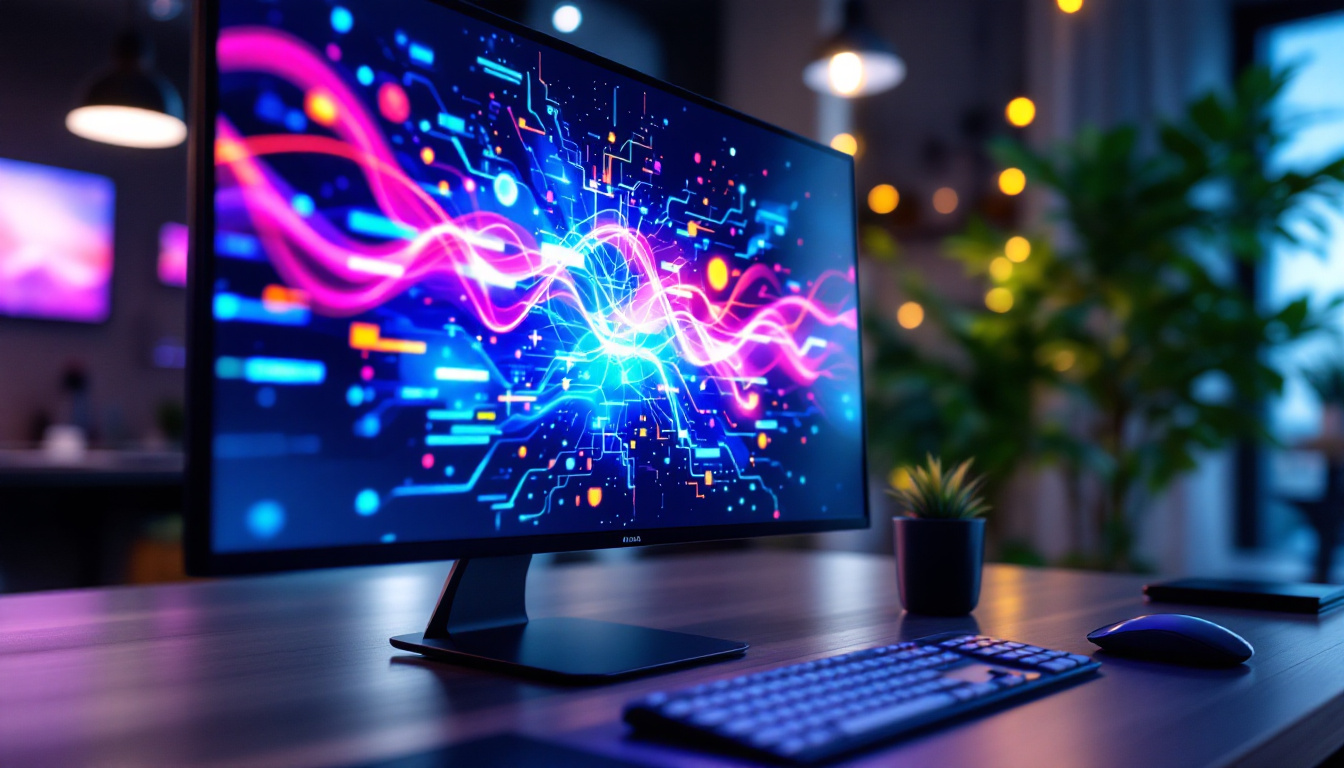In the rapidly evolving world of digital displays, LED technology has become a cornerstone for vibrant, energy-efficient, and versatile screens. From massive outdoor billboards to indoor video walls and wearable tech, LED displays are everywhere. However, understanding the technical nuances behind these displays—especially concepts like pixel pitch, pixel density, and resolution—can be challenging. One term that frequently appears in discussions about LED screens is Pixel Foot. This article aims to demystify Pixel Foot, explain its significance in LED displays, and guide you through how it impacts image quality and viewing experience.
What Is Pixel Foot in LED Displays?
Pixel Foot, often referred to as pixel pitch or pixel footprint, is a fundamental measurement in LED display technology. It represents the physical size of a single pixel on the display, typically measured in millimeters. More specifically, it is the distance from the center of one pixel to the center of the adjacent pixel, both horizontally and vertically.
Understanding Pixel Foot is crucial because it directly influences the display’s resolution and the clarity of the image it produces. A smaller Pixel Foot means pixels are packed more tightly together, resulting in higher pixel density and sharper images. Conversely, a larger Pixel Foot indicates fewer pixels per unit area, which can lead to lower resolution but might be suitable for applications where viewing distance is greater. This is particularly relevant in scenarios such as outdoor advertising, where viewers are often at a distance, allowing for a larger Pixel Foot without compromising the visual experience.
Moreover, the choice of Pixel Foot can significantly impact the overall cost and energy efficiency of an LED display. Displays with a smaller Pixel Foot tend to be more expensive due to the advanced technology required to manufacture them, as well as the increased number of LEDs needed for assembly. In contrast, displays with a larger Pixel Foot can be more cost-effective and easier to maintain, making them a popular choice for large venues or events where high resolution is not as critical. Understanding these trade-offs is essential for businesses and organizations looking to invest in LED technology.
Pixel Foot vs. Pixel Pitch: Are They the Same?
While the terms Pixel Foot and Pixel Pitch are often used interchangeably, some industry professionals differentiate them slightly. Pixel Pitch specifically refers to the center-to-center distance between adjacent pixels, while Pixel Foot can sometimes describe the actual physical footprint or area that a pixel occupies. However, in most practical contexts, especially when discussing LED displays, both terms convey the same core idea: the spacing and size of pixels on a screen.
This distinction can be particularly important when designing LED displays for specific environments. For instance, in a crowded venue where viewers are close to the screen, a smaller Pixel Pitch (or Pixel Foot) is essential to ensure that the image remains clear and detailed. Conversely, in a large stadium or outdoor setting, a larger Pixel Pitch can be advantageous, as it allows for a more economical solution without sacrificing the viewing experience from a distance. Thus, understanding the nuances between these terms can help in making informed decisions about display technology, ensuring that the chosen specifications align with the intended use and audience engagement goals.
Why Pixel Foot Matters: Impact on Image Quality and Viewing Distance
The Pixel Foot of an LED display is one of the most important factors determining the quality of the visual experience. It affects not only the resolution but also how close a viewer can stand to the screen without noticing pixelation.
Resolution and Pixel Density
Resolution is the number of pixels displayed horizontally and vertically on a screen. Pixel density, often expressed as pixels per inch (PPI) or pixels per square meter, depends on both resolution and Pixel Foot. A smaller Pixel Foot increases pixel density, allowing for more pixels to fit into the same screen size, which enhances detail and sharpness.
For example, a 10-foot LED screen with a 4 mm Pixel Foot will have a higher resolution than a screen of the same size with a 10 mm Pixel Foot. This means the 4 mm screen can display finer details, making it suitable for closer viewing distances.
Optimal Viewing Distance
Pixel Foot also determines the optimal viewing distance for an LED display. If the Pixel Foot is too large relative to the viewing distance, the human eye will be able to distinguish individual pixels, resulting in a blocky or pixelated image. Conversely, if the Pixel Foot is very small, the display can be viewed from a closer distance without losing image quality.
Industry guidelines suggest that the optimal viewing distance (in meters) is roughly 1.5 to 2 times the Pixel Foot (in millimeters). For example, an LED screen with a 5 mm Pixel Foot is best viewed from approximately 7.5 to 10 meters away. This rule helps designers and buyers choose the right Pixel Foot based on where and how the display will be used.
Types of LED Displays and Their Typical Pixel Foot Sizes
LED displays come in various forms, each optimized for specific environments and use cases. The Pixel Foot varies significantly depending on the display’s intended purpose.
Outdoor LED Displays
Outdoor LED screens, such as those used for advertising billboards, stadium screens, and public information displays, typically have larger Pixel Foot sizes ranging from 10 mm to 20 mm or more. The larger Pixel Foot is acceptable because these displays are usually viewed from long distances—often tens or hundreds of meters away. The bigger pixels allow for brighter LEDs that can combat sunlight glare, ensuring visibility even in direct sunlight.
Indoor LED Displays
Indoor LED displays, found in shopping malls, conference rooms, and retail stores, require higher resolution due to closer viewing distances. Pixel Foot sizes for indoor screens typically range from 1.2 mm to 6 mm. Smaller Pixel Foot sizes create crisp images and smooth video playback, essential for detailed content and immersive experiences.
Fine-Pitch LED Displays
Fine-pitch LED displays are a relatively recent innovation, offering Pixel Foot sizes below 1 mm. These ultra-high-resolution displays are used in control rooms, broadcast studios, and premium retail environments where viewers are very close to the screen. The technology behind fine-pitch LEDs is more complex and costly but delivers stunning image quality comparable to LCD or OLED screens.
How Pixel Foot Influences LED Display Design and Cost
Choosing the right Pixel Foot is a balancing act that impacts both design and budget. Smaller Pixel Foot sizes require more LEDs per square meter, increasing manufacturing complexity and cost.
Manufacturing Complexity
As Pixel Foot decreases, the number of LEDs needed per square meter rises exponentially. For instance, a 10 mm Pixel Foot display might have around 10,000 pixels per square meter, while a 1.2 mm Pixel Foot display can exceed 700,000 pixels per square meter. This increase demands more precise assembly, tighter quality control, and advanced electronics to manage the higher pixel count.
Energy Consumption and Heat Management
Smaller Pixel Foot displays often consume more energy because they contain more LEDs that need to be powered simultaneously. Additionally, the compact arrangement generates more heat, requiring sophisticated thermal management solutions to maintain performance and longevity.
Cost Implications
Due to these factors, fine-pitch LED displays with small Pixel Foot sizes are significantly more expensive than their larger-pitch counterparts. Buyers must consider the trade-off between image quality and budget, ensuring that the chosen Pixel Foot aligns with the application’s requirements and viewing conditions.
Technological Advances Affecting Pixel Foot and LED Displays
LED display technology continues to evolve rapidly, pushing the boundaries of Pixel Foot and overall performance.
Mini-LED and Micro-LED Technologies
Recent developments in Mini-LED and Micro-LED technology have enabled even smaller Pixel Foot sizes with improved brightness and color accuracy. Micro-LED displays, for example, use microscopic LEDs to create pixels, allowing for Pixel Foot sizes well below 1 mm and enabling ultra-high-definition displays that rival OLEDs in contrast and response time.
Improved Manufacturing Techniques
Advances in manufacturing, such as automated pick-and-place machines and laser soldering, have made it feasible to produce fine-pitch LED displays at scale. These methods improve precision and reduce defects, making smaller Pixel Foot displays more accessible to a broader market.
Enhanced Control Systems
Modern LED controllers and processing units can handle the massive data throughput required for high-resolution displays with tiny Pixel Foot sizes. This ensures smooth video playback, accurate color reproduction, and dynamic content management, even on the most complex LED walls.
Choosing the Right Pixel Foot for Your LED Display Project
Selecting the appropriate Pixel Foot is a critical step in planning an LED display installation. Several factors should be considered to ensure optimal performance and return on investment.
Assess the Viewing Distance
Understanding where the audience will be located relative to the screen is paramount. For example, a retail store display viewed from a few feet away demands a smaller Pixel Foot than a highway billboard seen from hundreds of meters.
Determine the Content Type
The nature of the content also influences Pixel Foot choice. Detailed graphics, fine text, and video require higher resolution and smaller Pixel Foot sizes. Conversely, simple messages or logos can be effectively displayed on screens with larger Pixel Foot.
Consider Environmental Conditions
Outdoor displays must withstand weather, sunlight, and temperature fluctuations, often necessitating larger Pixel Foot sizes for durability and brightness. Indoor environments allow for smaller Pixel Foot but may require considerations for ambient lighting and viewing angles.
Budget and Maintenance
Smaller Pixel Foot displays come with higher initial costs and may require more frequent maintenance due to their complexity. Balancing budget constraints with performance needs is essential for a successful project.
Conclusion: The Role of Pixel Foot in LED Display Excellence
Pixel Foot is a foundational concept in understanding LED display technology. It directly affects resolution, image clarity, viewing distance, and overall user experience. Whether designing a colossal outdoor billboard or an intimate indoor video wall, selecting the right Pixel Foot ensures that the display meets its intended purpose effectively.
As LED technology advances, the possibilities for smaller Pixel Foot sizes and higher resolutions continue to expand, opening new frontiers for digital signage, entertainment, and communication. By grasping the importance of Pixel Foot, industry professionals and consumers alike can make informed decisions that maximize the impact and value of LED displays.
Discover the Future of Visual Display with LumenMatrix
Ready to elevate your visual experience with the latest in LED technology? LumenMatrix is at the forefront of innovation, offering a wide array of LED display solutions tailored to your needs. From captivating Indoor LED Walls to dynamic Outdoor Displays and beyond, our mission is to transform your visual communication. Engage and captivate your audience with unparalleled clarity and impact. Check out LumenMatrix LED Display Solutions today and step into the future of digital signage.


